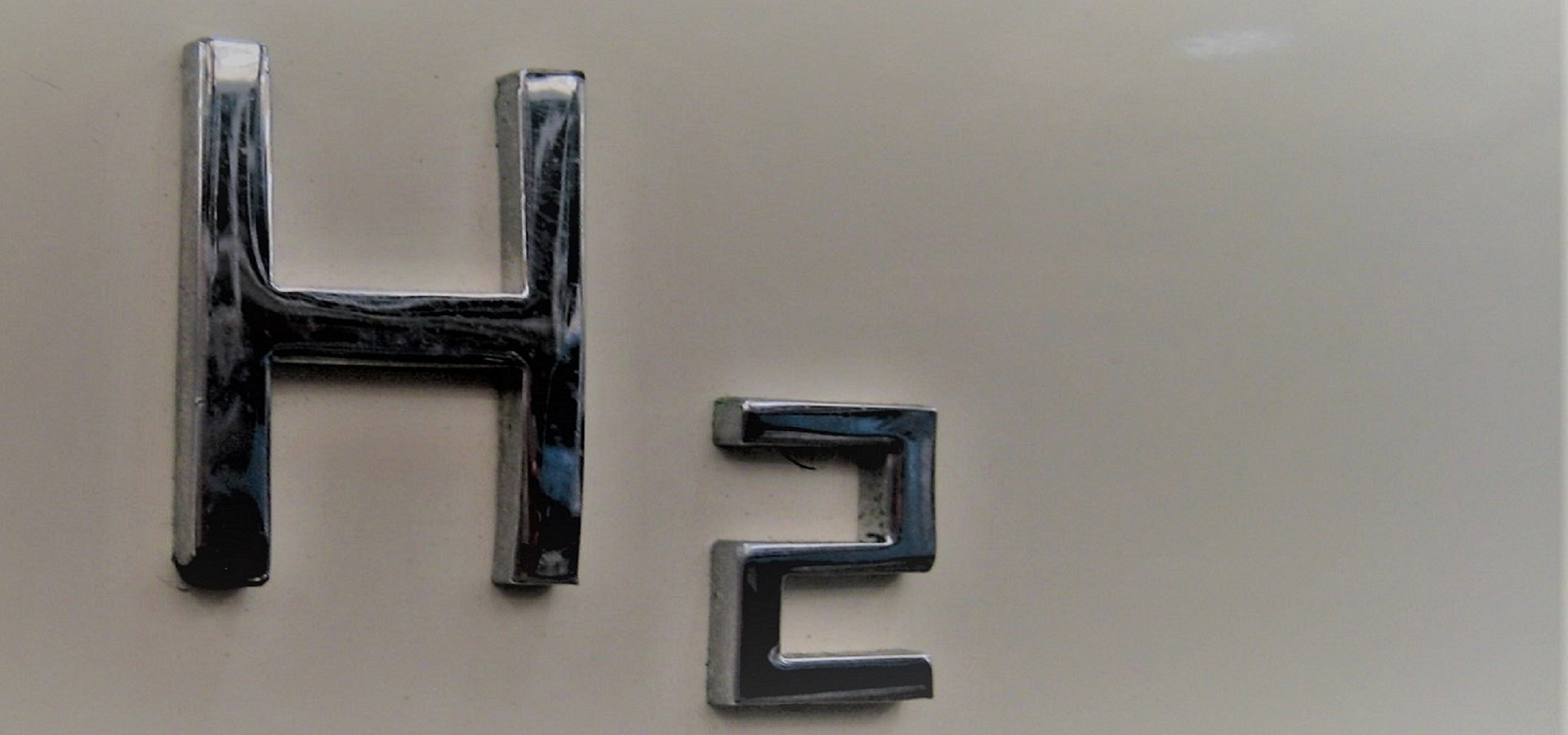After much anticipation, the European Commission introduced ‘A hydrogen strategy for a climate-neutral Europe’ to pave the way for “the missing link in the energy transition. This was prompted by an understanding that an energy transition reliant solely on electricity as an energy carrier will not allow the EU to decarbonise its entire energy system. This has ushered in the Commission’s second attempt to facilitate the diffusion of the energy carrier, following its launch of a high level group on hydrogen in 2003 – to little avail. However, this time the reinvigoration of the fuel just might be right. John Szabo takes a look

The European Commission released ‘A hydrogen strategy for a climate-neutral Europe’. (JOHN LLOYD, CC BY 2.0)
The Commission’s decision to establish a hydrogen economy stems from its bid to achieve a carbon neutral European Union by 2050. This requires that stakeholders develop low carbon technologies that can substitute carbon intensive fuels, especially in the industry and transportation sectors. Hydrogen offers a potentially renewable-based solution in these applications, but it currently remains to be an element closely linked to the fossil fuel industry as it is overwhelmingly produced from methane and used to refine oil and produce ammonia.
The European Commission’s ambitious strategy proposes to increase hydrogen’s share in its energy mix from 2% in 2018 to 13%-14% by 2050. To this end, it seeks to have ventures install 6 GW of renewable hydrogen electrolysers by 2024 and 40 GW by 2030, significantly up from the 1.5–2.3 GW of projects announced or under construction. This scaling up would cost a total of €320–458 billion through 2030 – somewhere between 2.3%–3.2% of EU’s 2018 GDP – not including investments that end-users have to take. This is a vast sum, but given the von der Leyen Commission’s commitment to decarbonise, it seems that the political will to pursue these goals is in place.
The EU, however, has built an extensive reliance on fossil fuels, the stakeholders of which will likely continue to resist change at every corner. Or even if they change, this will be in a manner through which they can continue to capitalise on natural resource exploitation. Costs are still in their favour, as fossil fuel based hydrogen stands at €1.5/kg, €2/kg when paired with carbon capture and storage (CCS), in comparison to €2.5–€5.5/kg for renewable-based variants. It is unsurprising that the EU’s major natural gas suppliers, such as Equinor or Gazprom, have already begun to take action and capture these markets.
The Commission may emphasise renewables-based hydrogen in its Strategy, but as it also acknowledges that initially emitting (grey) or decarbonised (blue) fossil fuel-based hydrogen can play an important role in the EU’s energy sector for years to come. It seeks to facilitate the expansion of hydrogen irrespective of how producers source the energy carrier, presuming that renewable-based variants will gradually substitute fossil fuel-based forms. Shifts in energy mix compositions have, however, been anything but swift. Even to have emitters install CCS the Commission estimates that EU Emission Trading System (EU ETS) quota prices would have to rise to €55–€90 – much higher than the nearly €30 at the time of writing. Moreover, CCS remains in its infancy and fossil fuels have hit record low prices, already hinting the challenge that such a transition would entail.
Meanwhile, renewables-based hydrogen prices are reliant on electrolyser costs declining and their relative sizes increasing. To this end, existing and planned facilities have to be utilised at relatively high rates entailing abundant supply of inexpensive renewables-based electricity. However, this is impeded by declining investments into renewables. The Hydrogen Strategy seeks to provide backwind for green hydrogen via a guarantees of origin system to certify the fuel’s source, but the acceptance and effectiveness of the approach is yet to be seen.
What is more, the Hydrogen Strategy does not mention two crucial implications of the change it instigates: rising supranationalisation of energy markets and the risk of geopolitical deterioration. The Lisbon Treaty divides energy-related competences between the European Commission and its Member States. However, the Commission has clearly set out to lead policy on hydrogen, leading it to oversee the two energy carriers that will most likely compose the vast majority of the energy consumed in the EU: electricity and hydrogen. It’s not clear how much tension this may yield, as EU members also unroll their hydrogen strategies (see e.g. the German) and will continue to closely guard their sovereignty over their energy affairs.
The Hydrogen Strategy considers the external dimension to an only limited extent and without pointing at the elephant in the room, Russia. Natural gas trade has been crucial in stabilising EU-Russia relations, but a shift to domestically produced green hydrogen is set to disrupt these ties. It is unclear how parties will respond, especially considering that Gazprom has begun to invest in blue hydrogen seeking to maintain its market share of gaseous fuels and uphold the status quo. On the other hand, European policy-makers have long complained about the bloc’s reliance on Russian hydrocarbons, but have not been able to take action to substantially reduce imported volumes. Both these aspects point to geopolitical tensions surfacing as an impediment to shifting to green hydrogen from blue.
After a nearly two-decade long hibernation, hydrogen is once again at the top of policy-makers’ agendas. The Commission’s Hydrogen Strategy lends credibility to this undertaking and with the plummeting costs of renewables and the political will to decarbonise the EU, it seems likely that the fuel’s renaissance will not remain to be a sheer musing. Nonetheless, renewables are once again pitted against fossil fuels, in the bid to produce this energy carrier. It remains a question whether the Commission will take action that provides sufficient action to help green hydrogen outcompete its fossil fuel-based alternatives. Given the EU’s long-standing fossil fuel-based energy consumption this will remain an uphill battle, but certainly one with better odds than in the early-2000s.